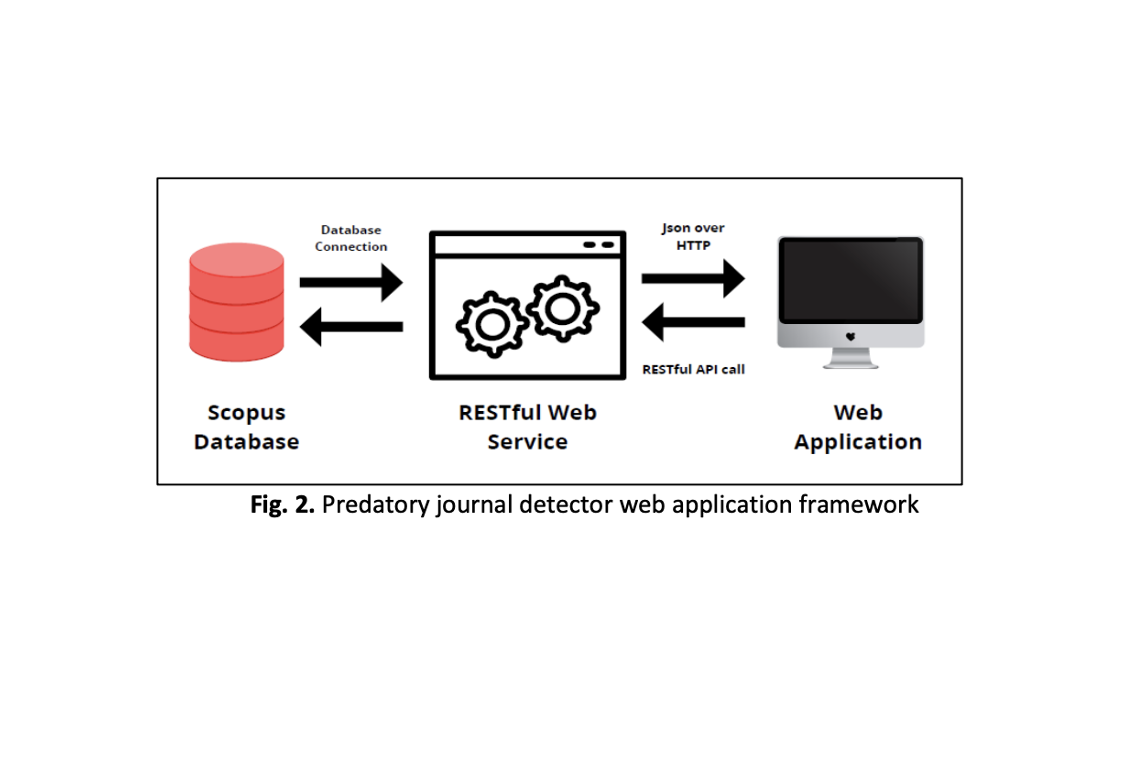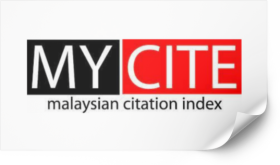Automatic Detection System of Open Access Predatory Journals: A Unique Application
DOI:
https://doi.org/10.37934/arca.33.1.16Keywords:
predatory, publication, applicationAbstract
With the proliferation of Open Access journals and the shift to online publishing, academic publishing has changed dramatically. The number of journals has expanded dramatically as the publishing business has evolved. There are currently more journals than ever before where authors can publish their work. With the numerous advantages of Open Access publication for both writers and readers, credible publishers are currently launching hundreds of new Open Access journals. However, as a result of their increased popularity, less respectable journals have emerged, abusing the author-pay model and jeopardizing the integrity of published research. Some journals, for example, may not feel obligated to follow the principles of good scientific practice, preferring to exploit the academic publication market only as a commercial model for the publishers. Authors are charged publication fees or article processing charges (APCs) by these publications, which are commonly referred to as "predatory journals," but they do not conduct peer reviews or other forms of quality control. The publication of research findings in such publications is not only detrimental to the writers involved but also undermines public trust in scientific research. As a result, this research aims to develop a system for detecting predatory journals which will guide researchers in evaluating a journal or publisher. The application will help users to identify predatory publications, as well as how to determine whether or not a journal is legitimate by checking databases such as SCOPUS. To accomplish the goal of this study, Beall's List and other lists of predatory publishers will be employed.
Downloads















